One of the Seven Wonders of Ashizuri: the Daishi Sea Turtle at Temple 38 near the Pure Land.
Finding a place to stay and avoiding despair dominated my thinking these last few weeks. During this time I was distracted from completely fulfilling my purpose on the pilgrimage. But was I? I gave up any rigid notion of how I wanted things to be and surrendered myself to the challenging environment. This opened my mind. The results were surprisingly satisfying to my psyche and soul. This has been the way of Kochi prefecture, the ascetic dojo.
Finally, Golden week is officially over… for me and the country. It is the biggest holiday in Japan. There are many local holidays and celebrations that impact towns and cities in much the same way. On Shikoku 88 pilgrimage, it makes the trek a little tougher, but not impossible as I feared.
I got through Golden week with help from my friends. I am profoundly grateful and happy. And I am here, living to tell the tale and continuing my journey toward enlightenment.
The distance between the previous temple, #37 and the next one, #38 Kongōfuku-ji, is 86 kilometers. On foot it takes about three days. An experienced Japanese ohenro that I met at temple 37 suggested the bus as a reasonable alternative for part of the distance. I agreed.
Walk and ride with me.
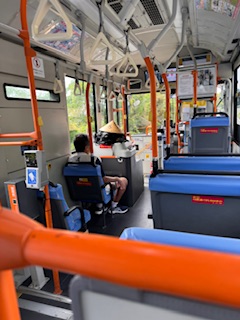
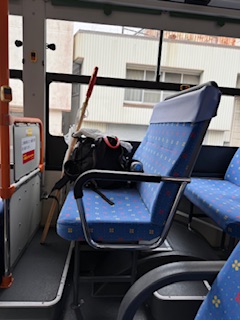
Pure Land
Pure Land Buddhism is a tradition which is primarily focused on achieving rebirth in a Buddha’s “pure land” or Buddha-field.
Some Buddha-fields are considered to be superior places to spiritually train for full Buddhahood. A Buddha has compassionately “purified” it for this purpose.
One can meet a Buddha face to face and personally study under them. That is the difficult path. It is much easier to attain enlightenment in one of these buddha-fields. Many Mahayana Buddhists strive to be reborn in such a place.
Getting there may not be so easy.
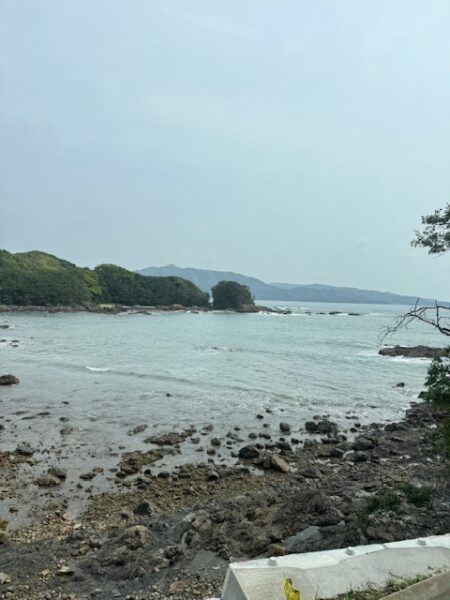
38 Kongofuku-Ji
Temple of Everlasting Happiness
It overlooks the Pacific Ocean at the tip of the Ashizuri Peninsula. Cape Ashizuri is the southernmost point of Shikoku.
Since it was believed that the Buddhist Pure Land was located on Mt. Fudaraku on an island in the southern ocean, the temple became an important place for ascetic practitioners. Believers would travel as far south by land as was possible, then set sail in simple, often inadequately provisioned boats. Fishing boats would tow them out and leave them to drift south with the current. Sadly, none ended up in the Pure Land.
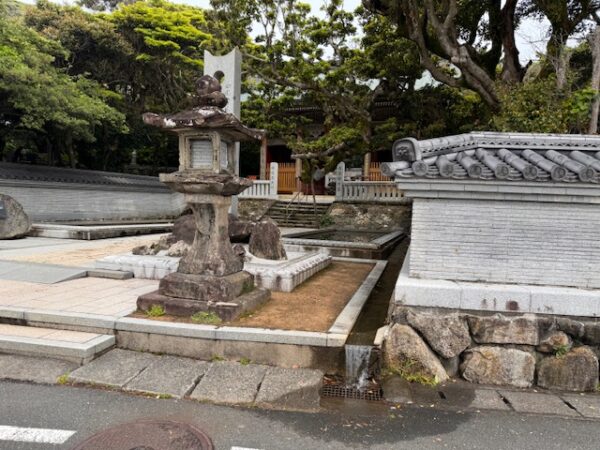
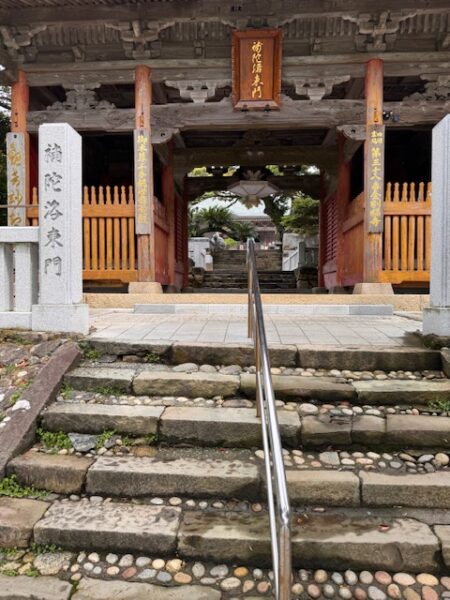
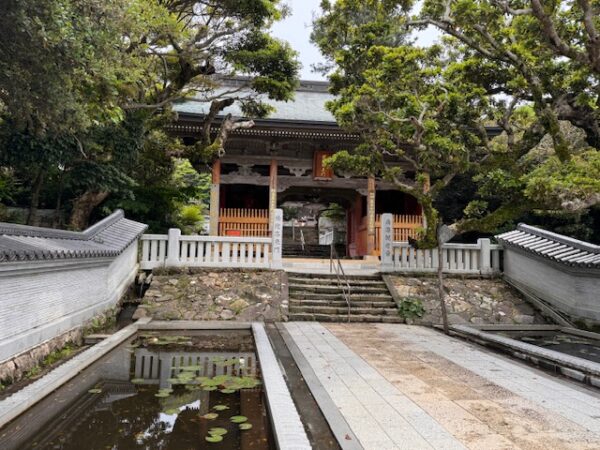
The Nio gate is impressive.
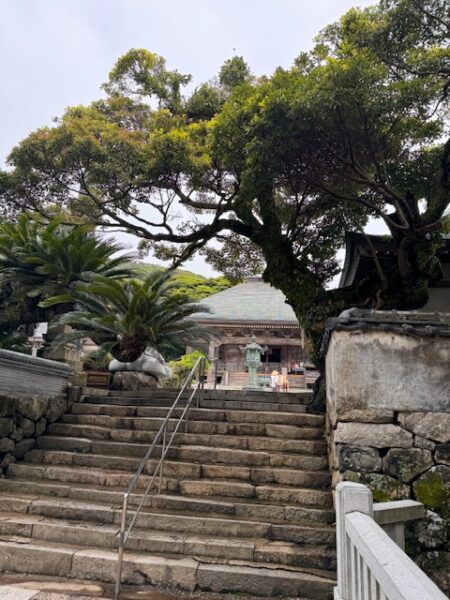
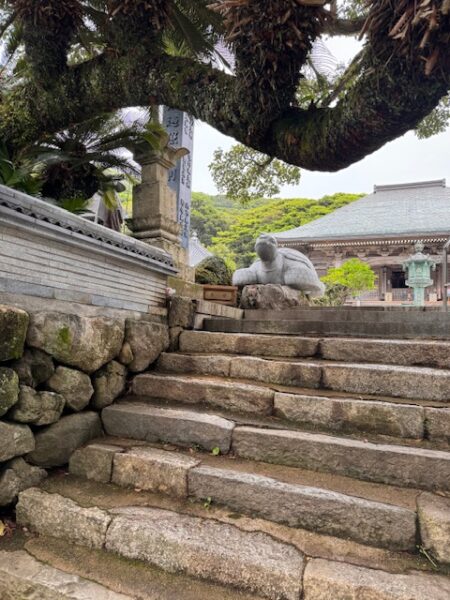
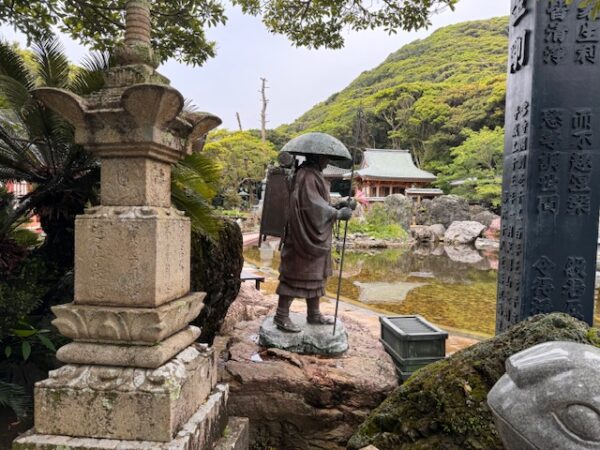
Rock minerals, water, and natural surroundings confirm its position as a Pure Land launch point.
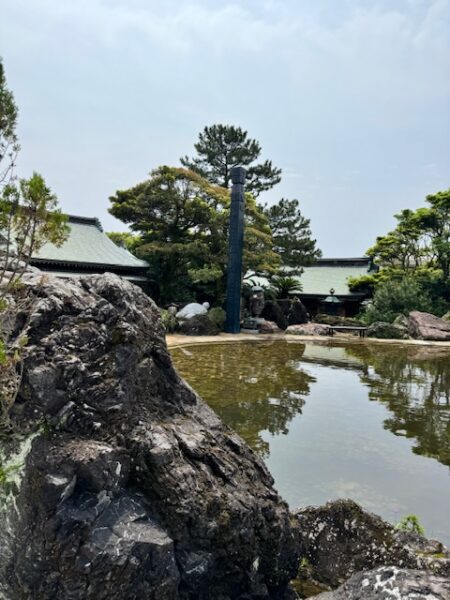
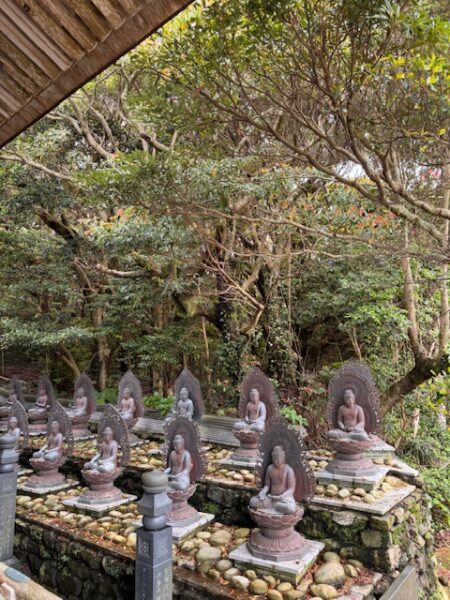
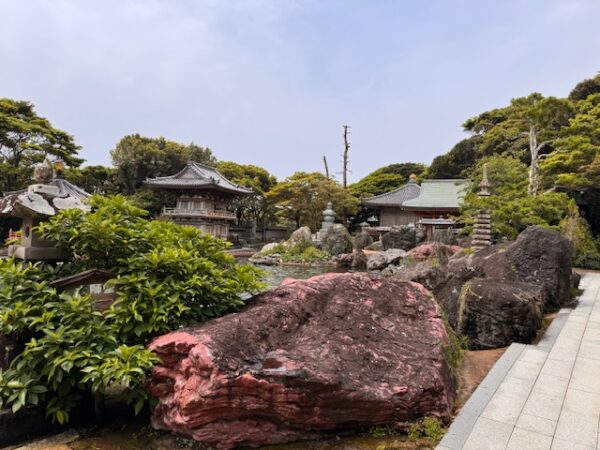
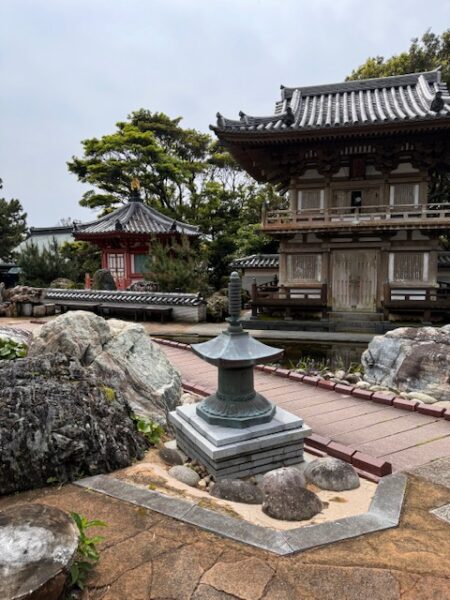
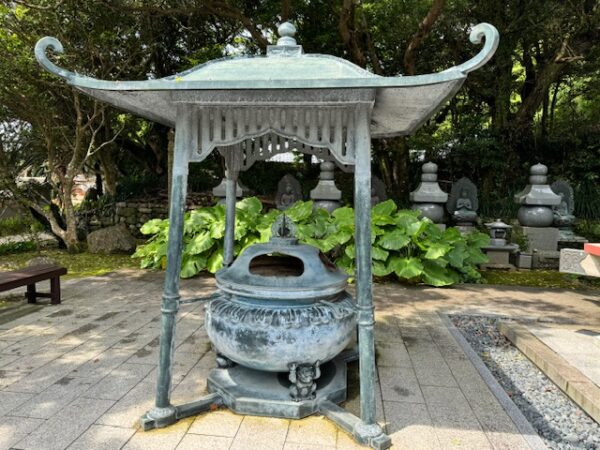
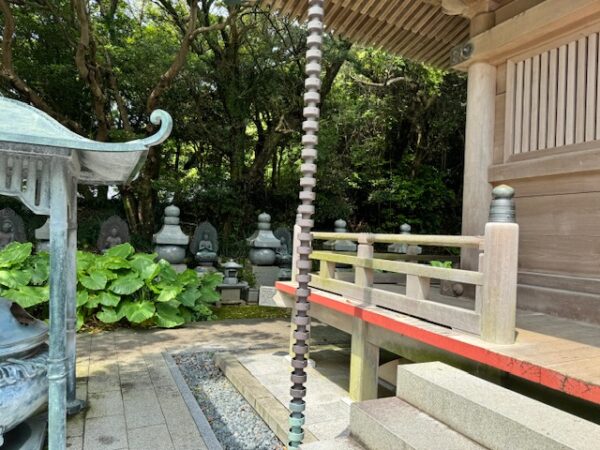
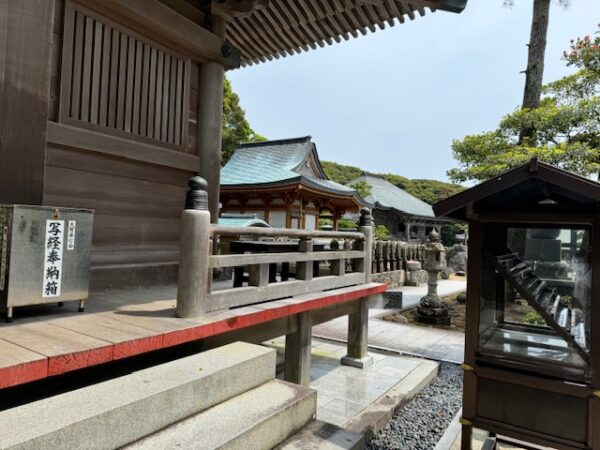
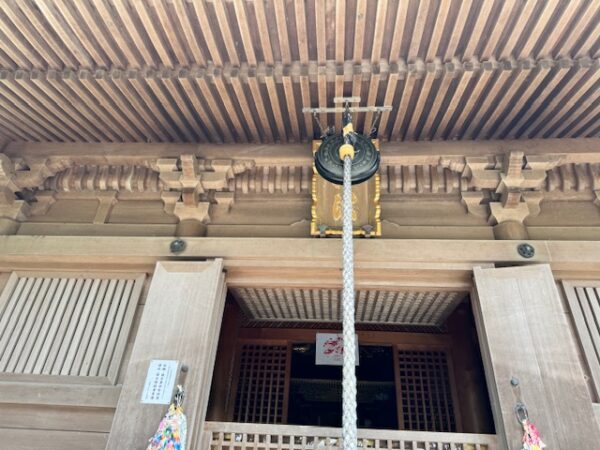
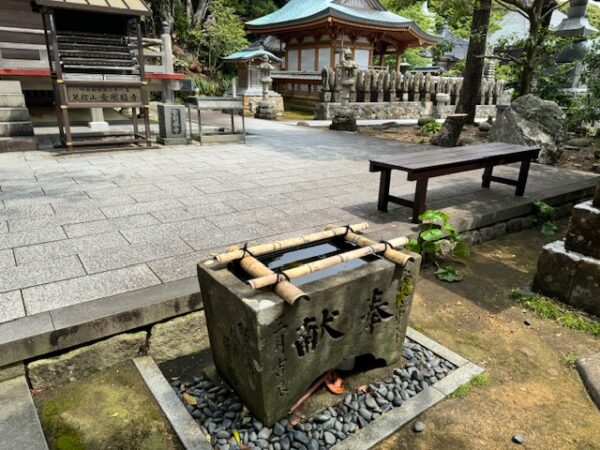
There are 108 carved Buddhas all around the temple. That number is a significant one for prayer beads or malas.
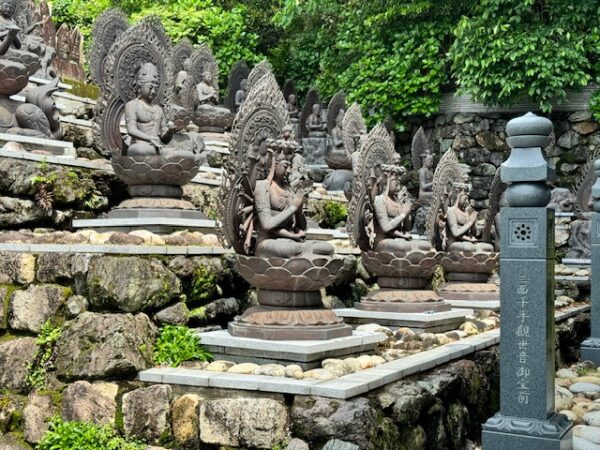
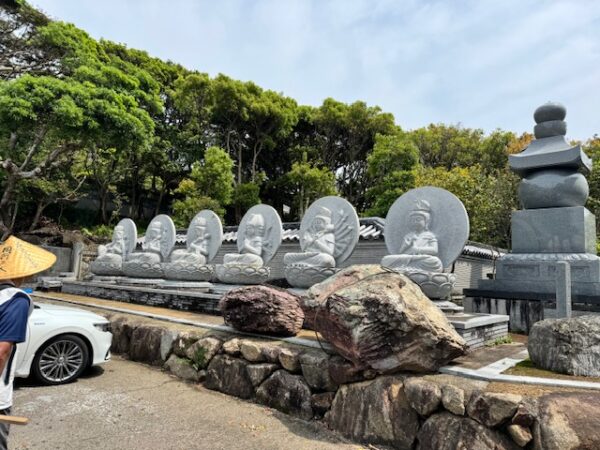
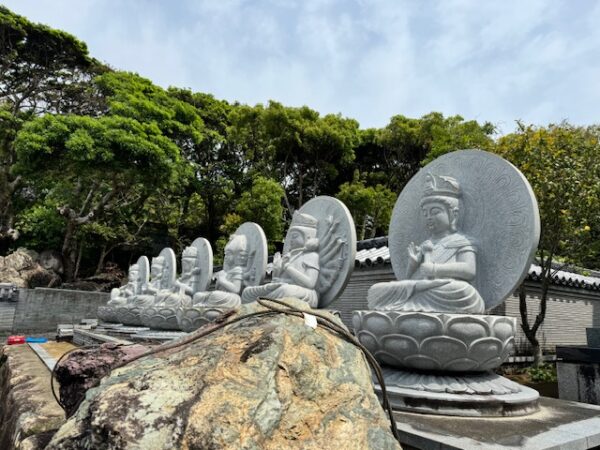
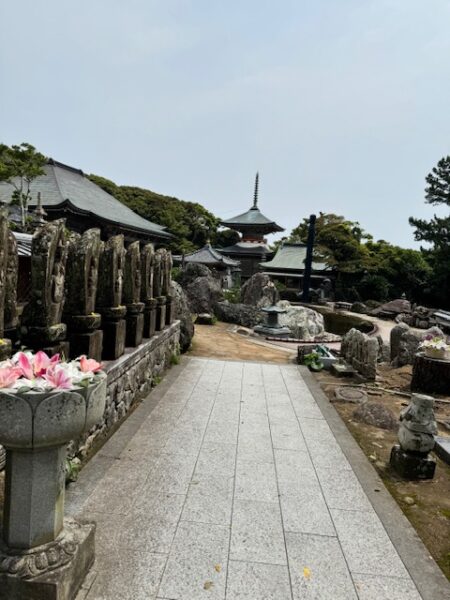
The temple grounds is the largest on the Shikoku pilgrimage trail. It also has accommodations for both pilgrims and non-pilgrims. Hard to get, these places are popular so they fill up fast.
It is still early in the day for me. I can visit another temple before it ends.
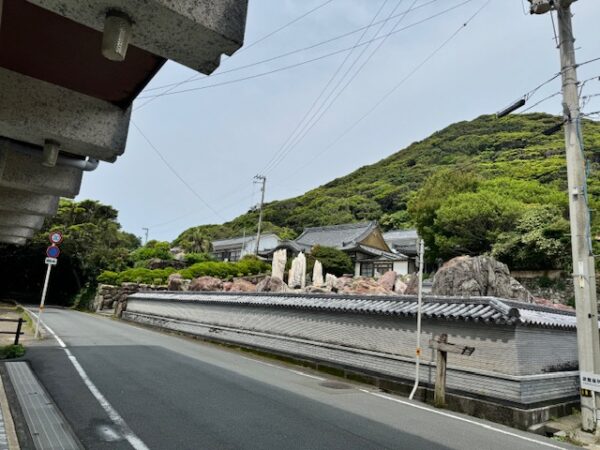
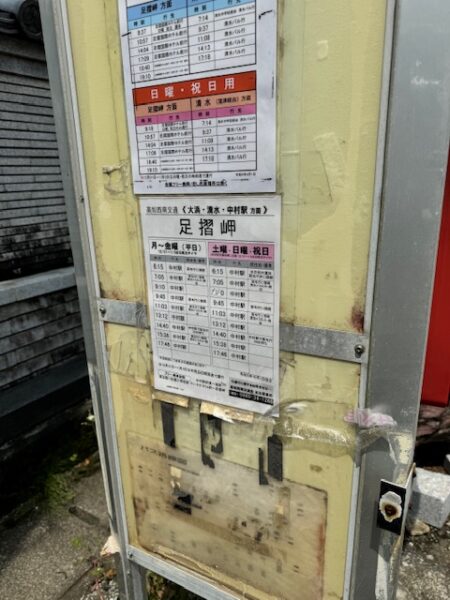
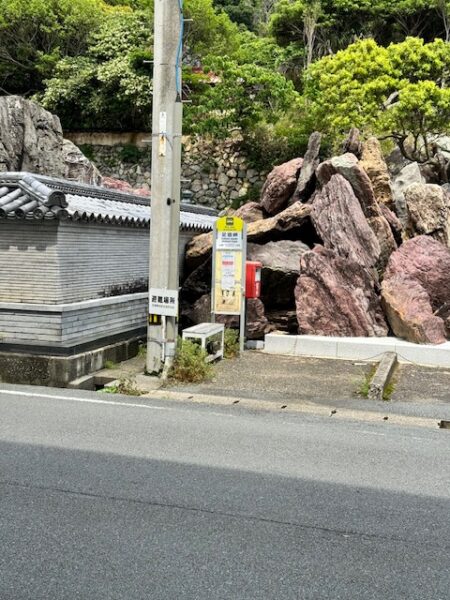
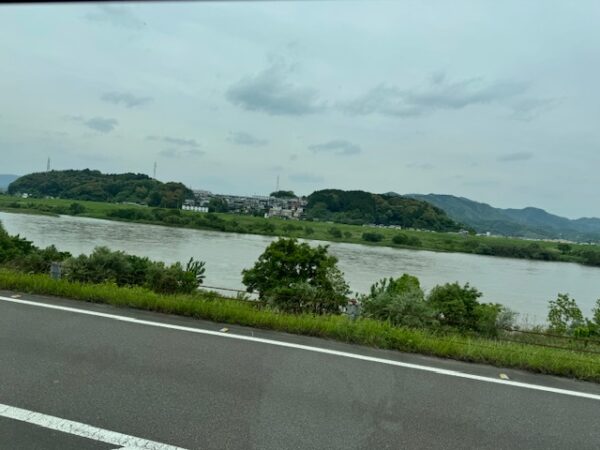
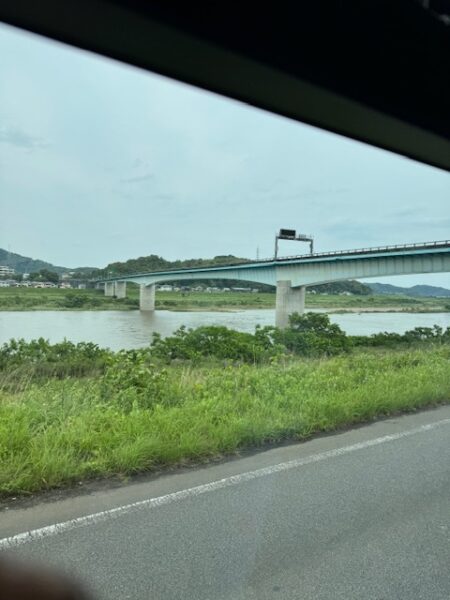
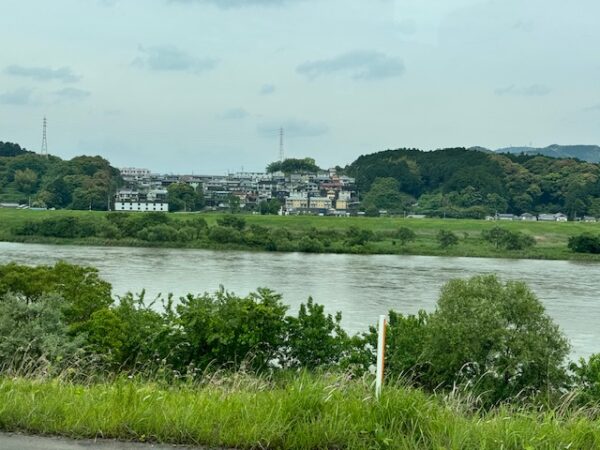
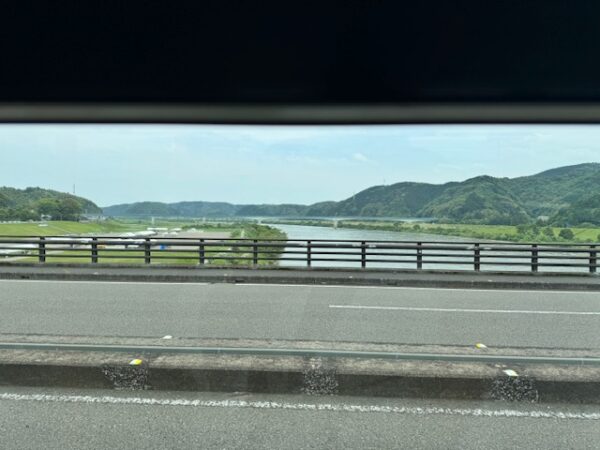
Click on video:
39 Enko-Ji
Luminous Temple
Another temple on Cape Ashizuri that is within reach of the Pure Land.
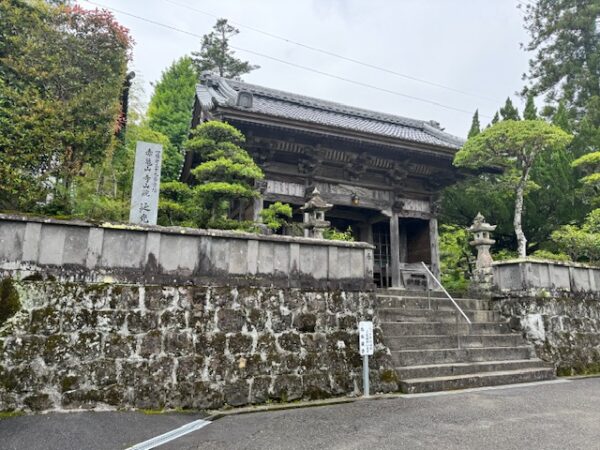
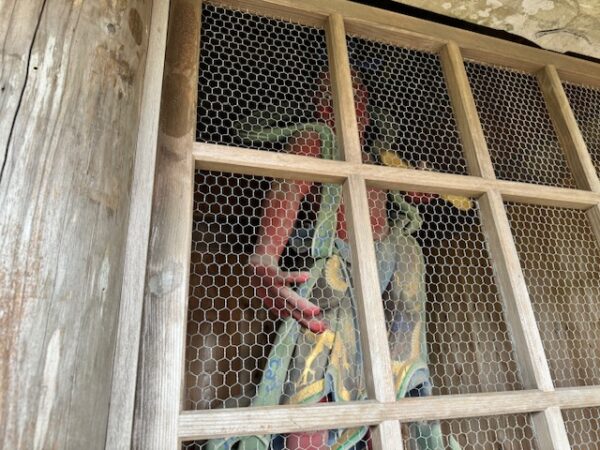
Nio guardians…
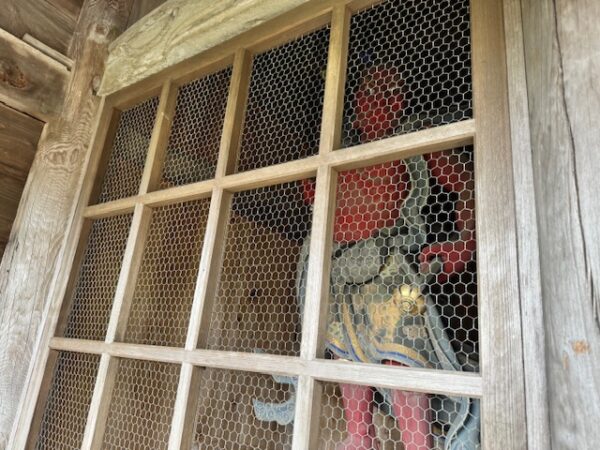
… at the gate.
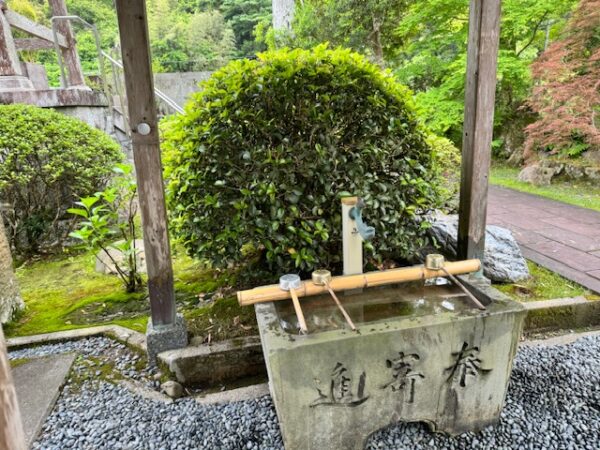
The temple fountain.
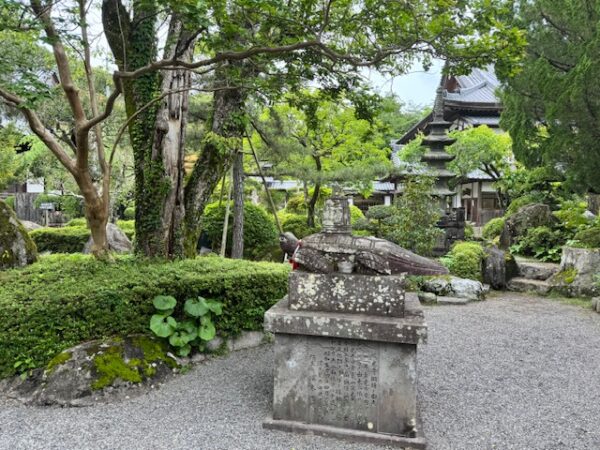
A red turtle with a copper bell on its back was believed to have come to the temple from the ocean over a thousand years ago. The original bell is stored in the temple.
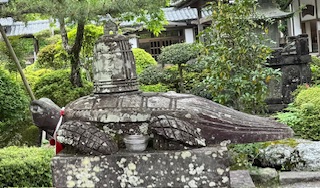
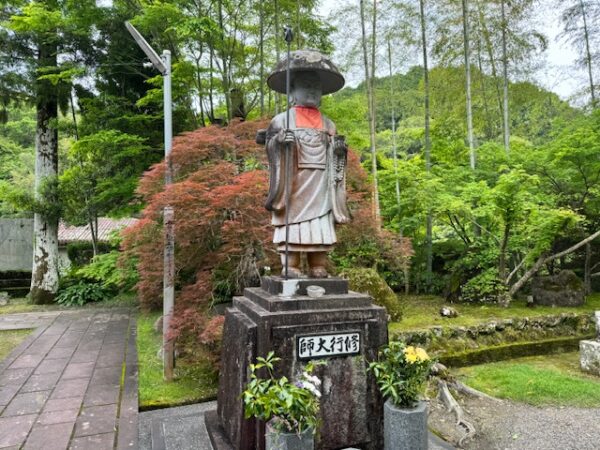
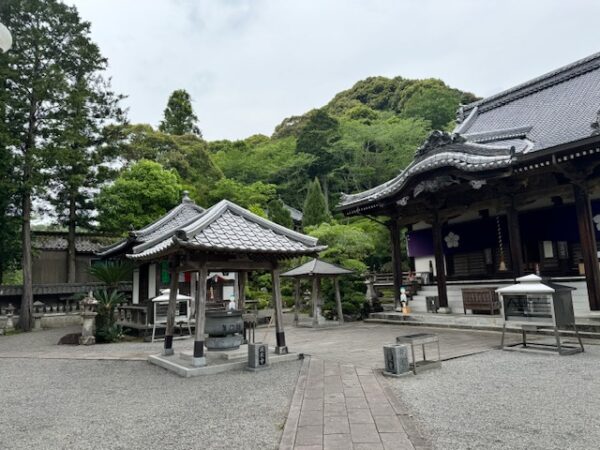
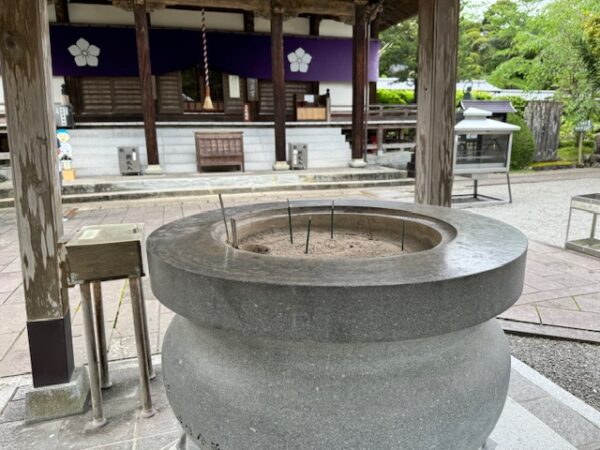
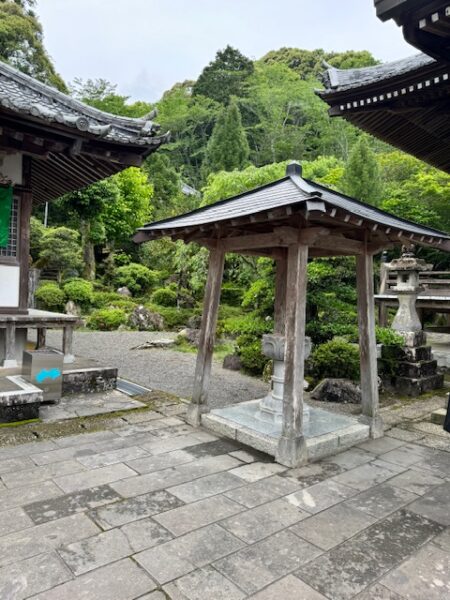
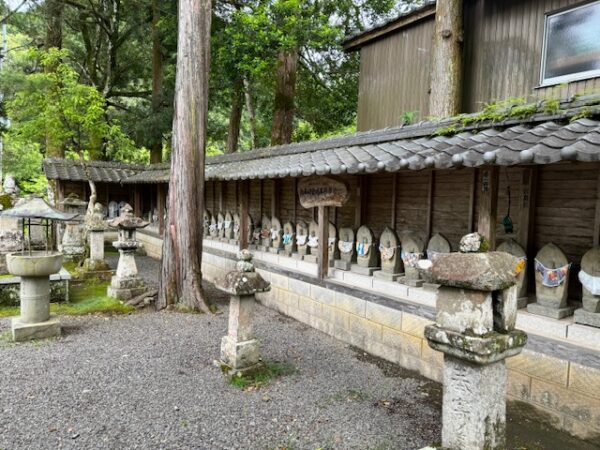
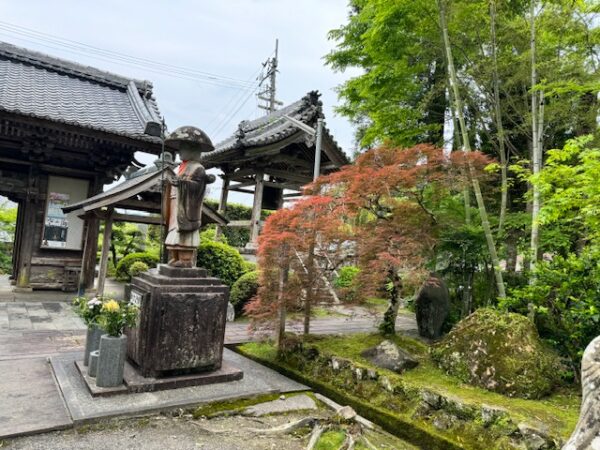
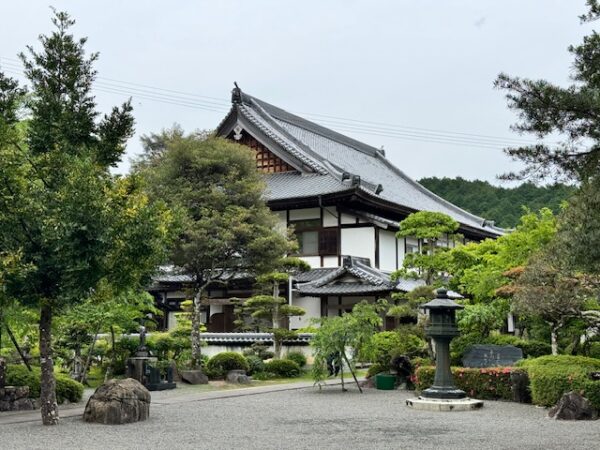
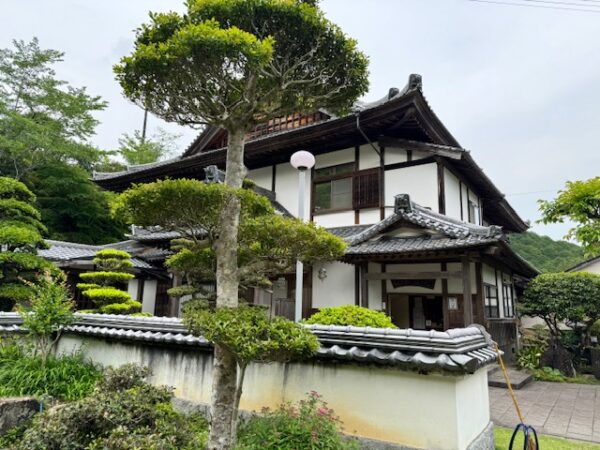
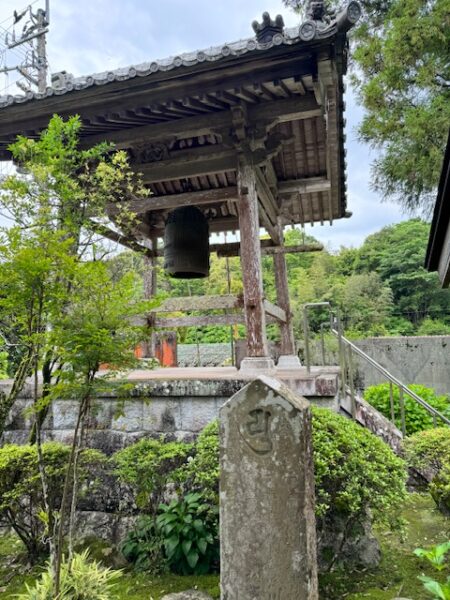
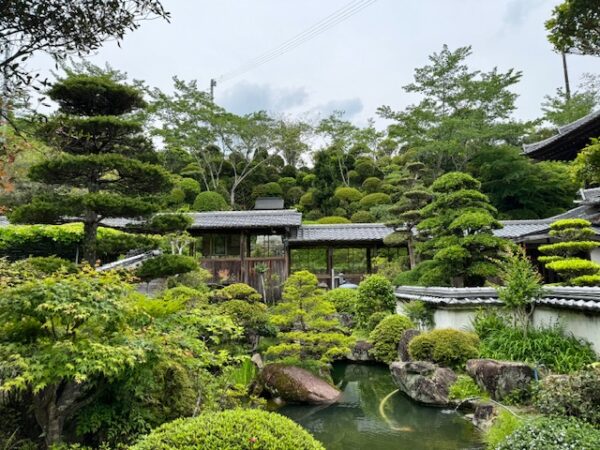
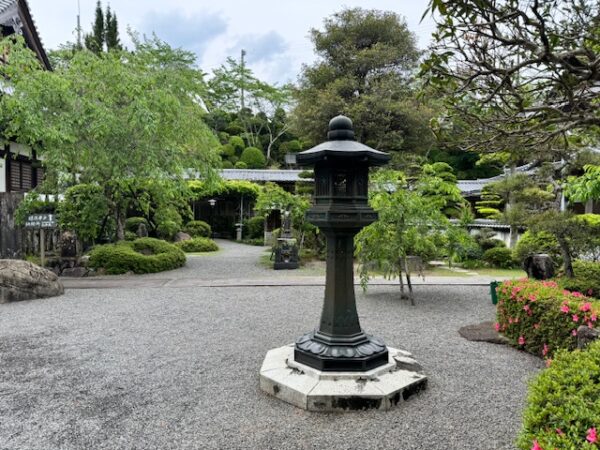
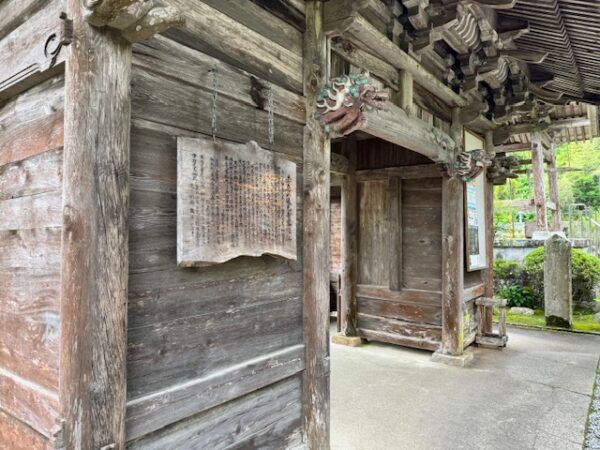
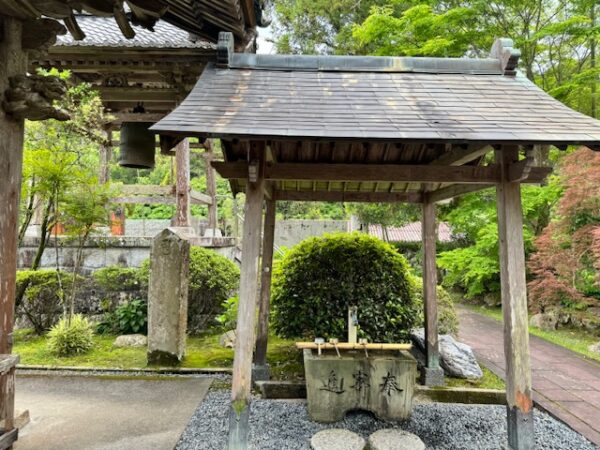
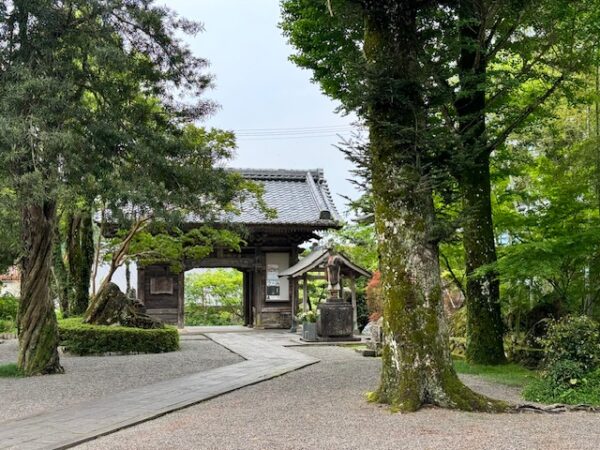
This is the last temple in Kochi, prefecture of the Pure Land and asceticism on Shikoku 88 pilgrimage.
Sukumo
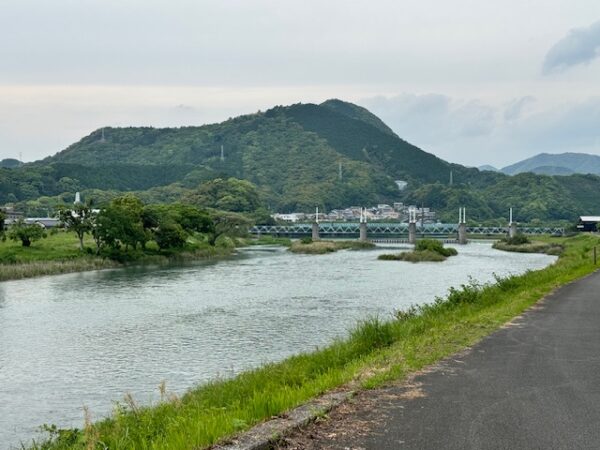
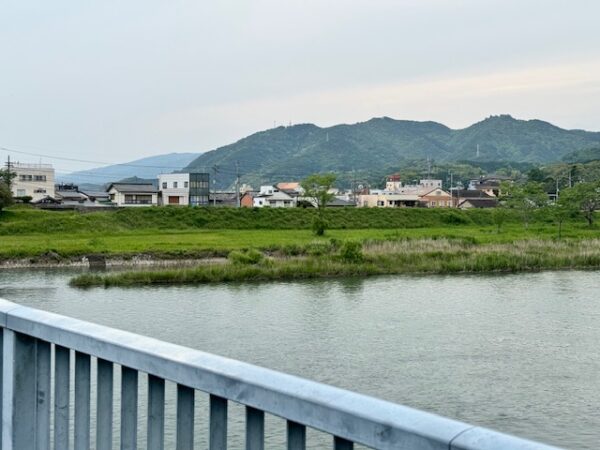
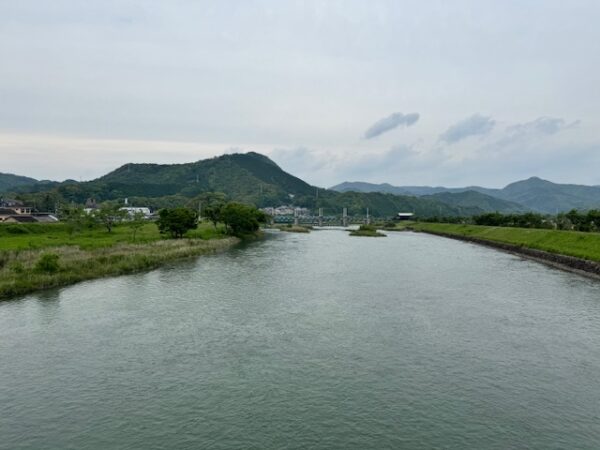
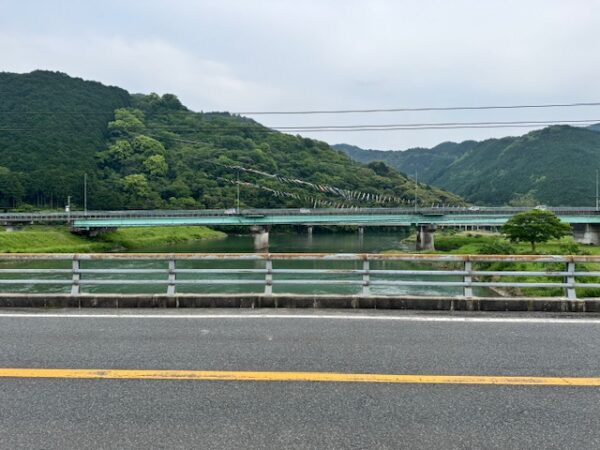
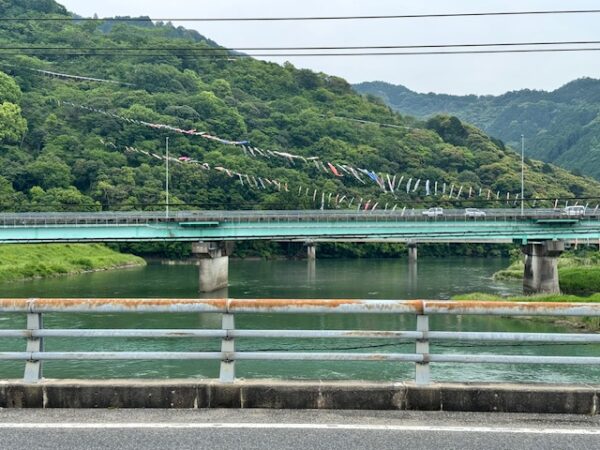
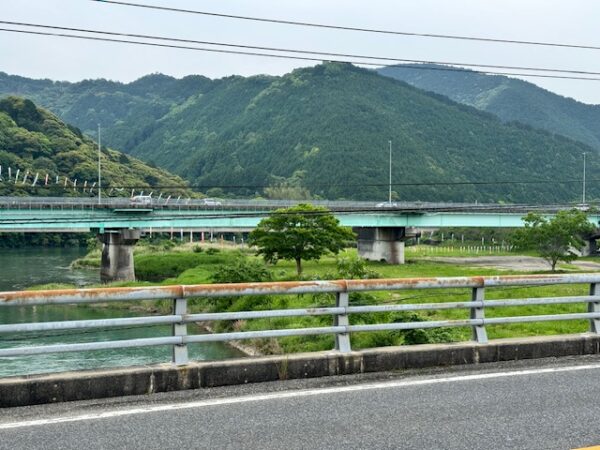
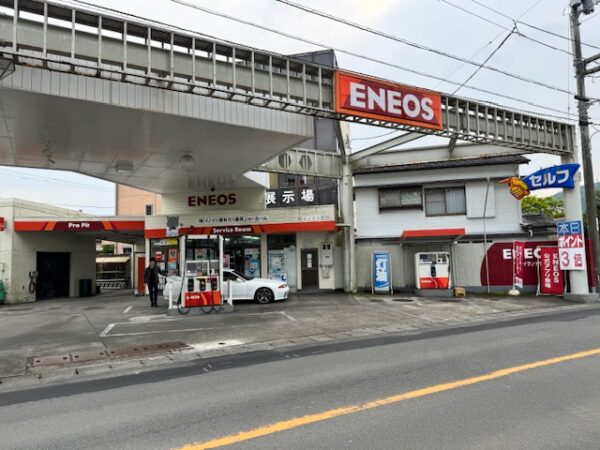
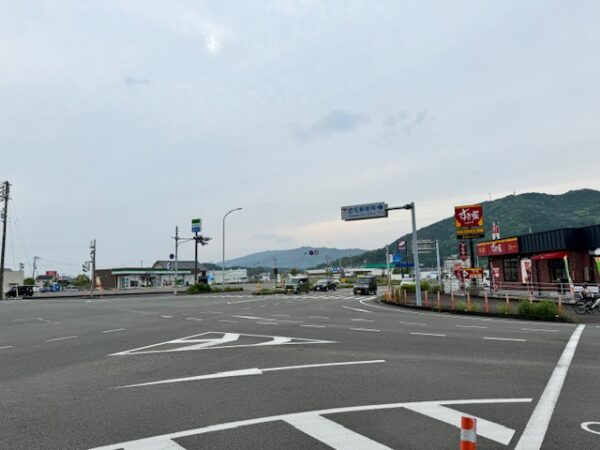
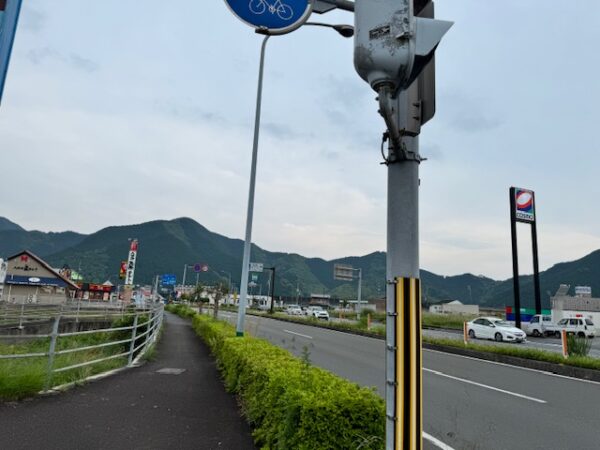
I found a business hotel in the town of Sukumo that had an available room. The front desk was swamped with people. A number of ohenro were in the lobby checking in. I ran into one young woman from Australia that I met at a hostel a few towns back. She carried camping gear and was prepared to do so, if necessary. This time with rainy weather and overcast skies, she had the good fortune, as I did, to find this place.
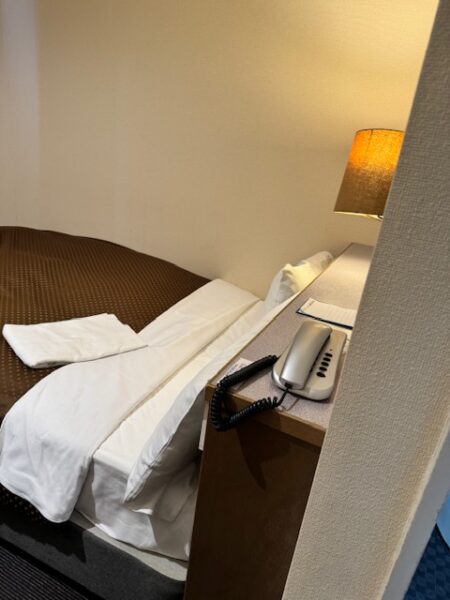
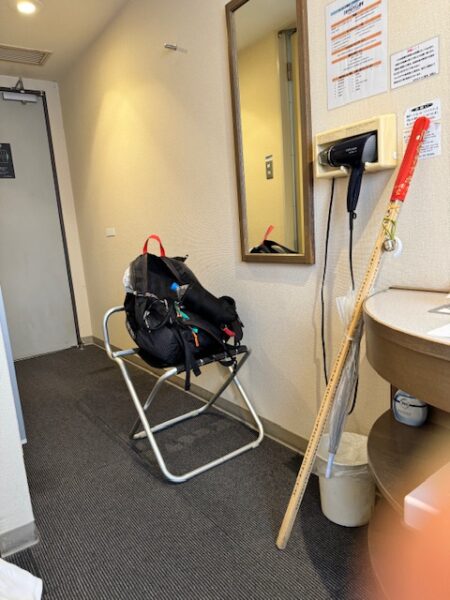
My room at the hotel.
Koinobori
Koinobori are carp-shaped streamers or windsocks traditionally flown in Japan to celebrate Children’s Day during Golden Week. They are made by drawing carp patterns on paper, cloth, or other nonwoven fabric.
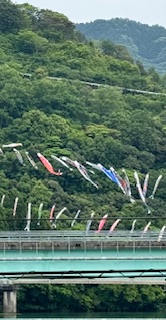
See you next time in Ehime prefecture.
______
Baadaye and Mata Ne (またね)
Shirley J ♥️
During the spring of 2024, I began a pilgrimage in Japan where I am walking 1200 kilometers or 720 miles on the Shikoku trail from Temple 1 Ryōzenji to Temple 88 Ōkuboji and beyond. Read my original announcement here.
I am excited, and I am here, still walking. And just know this, I will return to tell the tale!

T38-39
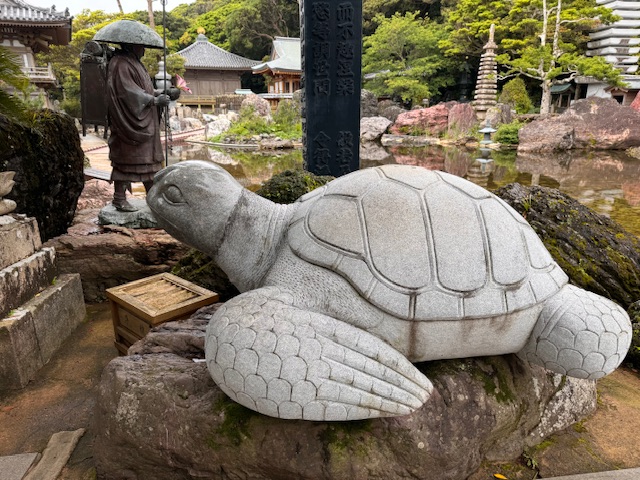
2 thoughts on “🌸 Noire Henro-San: The Pure Land”
Awesome view
Thank you. I had a lot more to show but could not show it all!
Comments are closed.